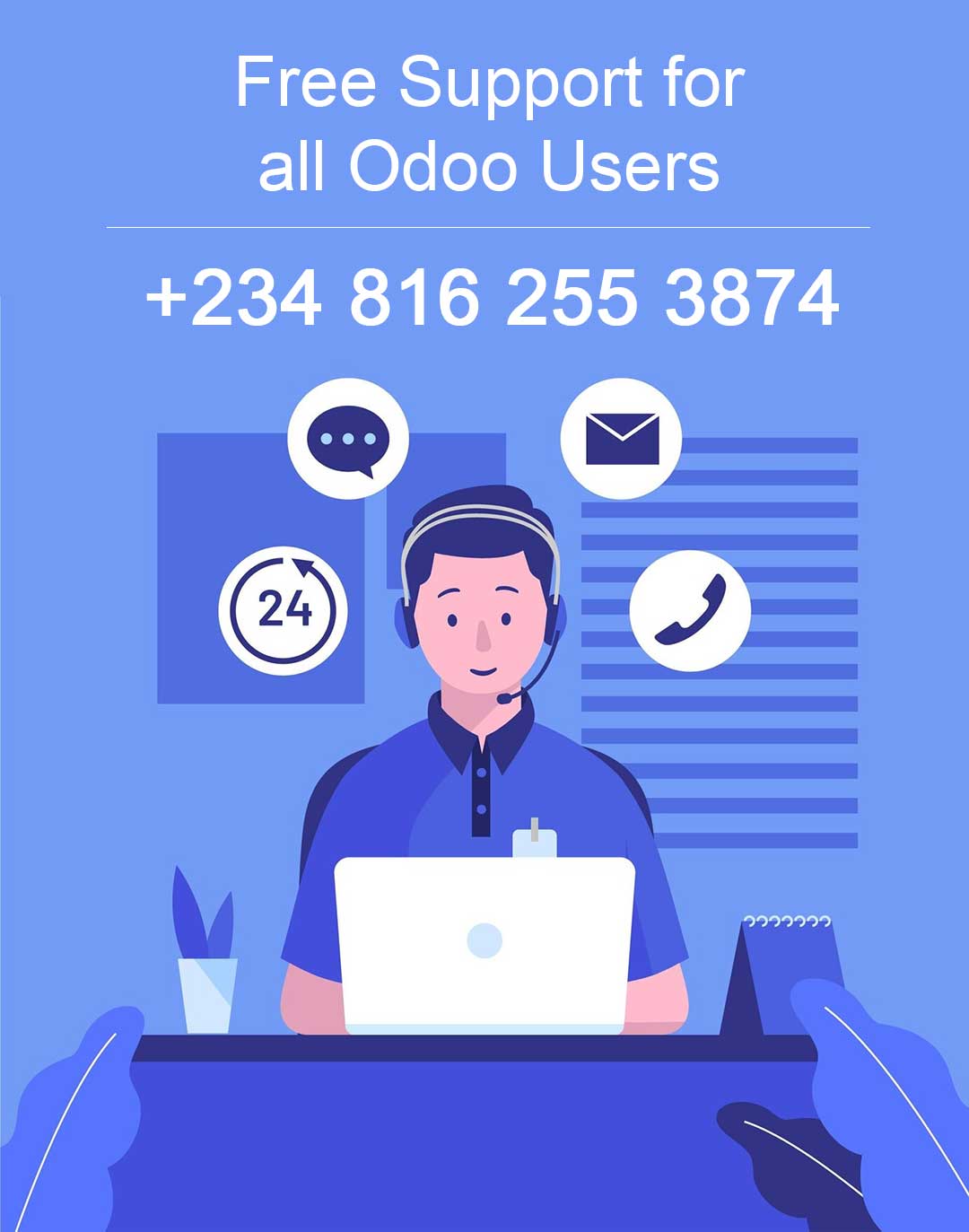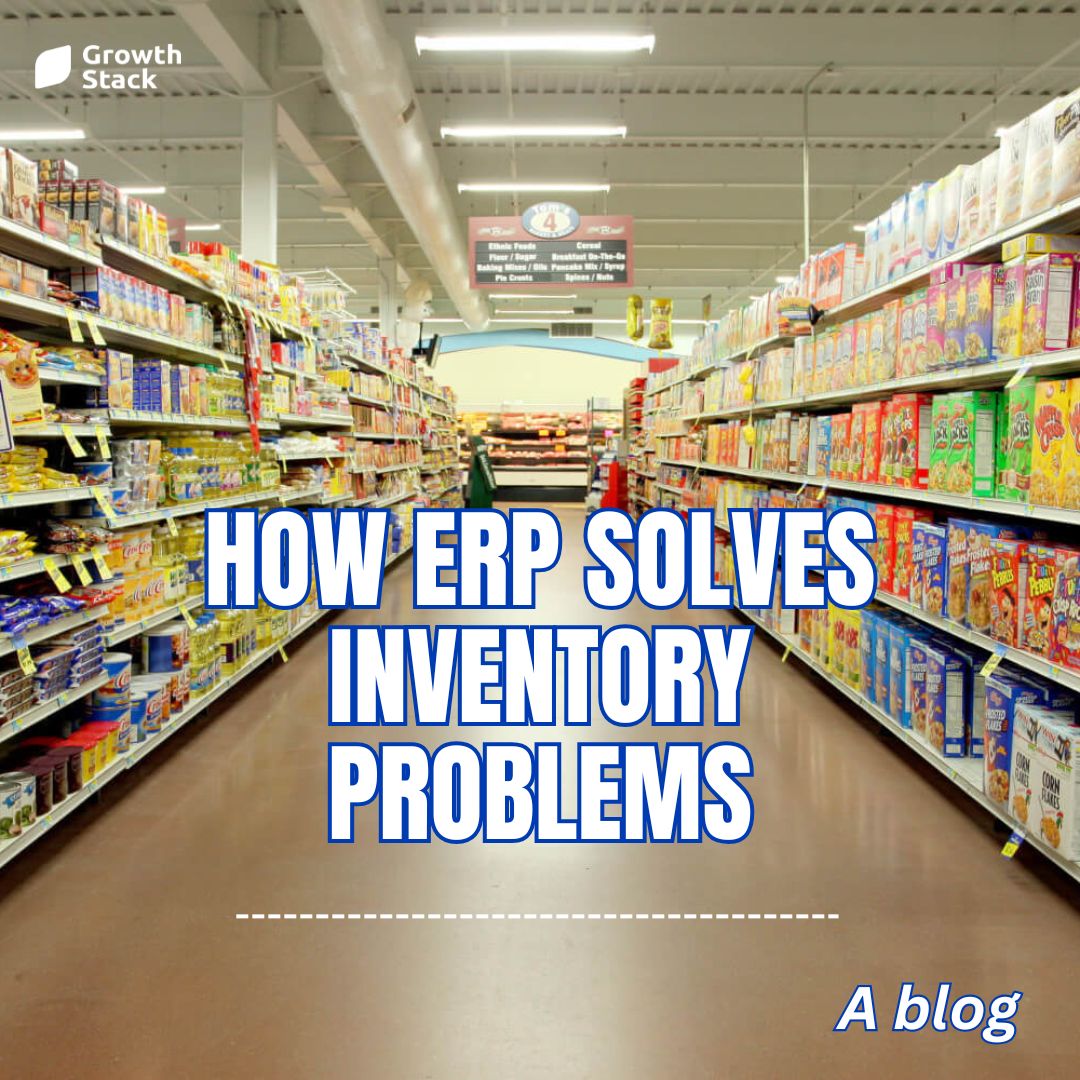People have used accounting instruments for generations, from the abacus to the Incan quipu knot system, to written ledgers, adding machines, and calculators.
Today, the majority of accounting professionals use software to control orders, invoices, accounts receivable, and accounts payable. The level of sophistication of the software might vary greatly depending on the intricacy of the business and the requirements of the client. Excel spreadsheets, for instance, are commonly used by small firms to manage their books. Even when their firm expands, many people continue to use Excel for accounting, which ultimately leads to divergent data scattered over numerous outdated or even contradictory spreadsheets. Businesses waste time debating whose stats are accurate and defending their data as a result. Businesses must eventually invest in accounting software and, based on their growth, comprehensive enterprise resource planning.
There are several solutions available for how organizations can manage their accounting. Some people merely outsource accounting to an agency, but doing so places important business data and the capacity to efficiently use it for business insights in someone else’s hands. Those who implement accounting software have the option of implementing either on-premises or cloud-based accounting software.
What is accounting software on the cloud?
Accounting software automates part or all of the procedures involved in gathering, analyzing, and disseminating financial data about a company. This covers income, costs, accounts payable, accounts receivable, and more. Accounting software makes it simpler for the finance department to compile financial data and distribute it to internal and external stakeholders including auditors, investors, and suppliers.
What is traditional (on-premise) accounting software?
Historically, accounting software has been used on-premise, which means that the program and database are kept on a local server that is accessible to and usable by employees of the company. Early applications of cloud computing were more basic, like email, but they have subsequently expanded to almost every software program.
What Kinds of Cloud Accounting Software Are There?
Although there have been decades of attempts by numerous manufacturers to sow uncertainty and generate buzz surrounding cloud computing, at its core, it is a straightforward concept—using someone else’s machine via the internet. Yet, there are numerous methods to choose from. Infrastructure as a Service, or IaaS, is the practice of delivering infrastructure, in which the cloud vendor manages the servers, network, and data center while the client just uses the internet to access the computing power. As an alternative, the vendor can offer Platform as a Service, or PaaS, in which the customer creates and manages an application on top of infrastructure, tools, and a development environment provided by the vendor. Lastly, Software as a Service, or SaaS, is the most established and well-known type of cloud computing, where the vendor offers the infrastructure, platform, and software application, which the client accesses via the internet, a browser, or a mobile device.
The majority of cloud accounting software, though not all of it, falls under the category of software as a service. The majority of industry watchers only classify a software program as SaaS if it is used in a multi-tenant setting. This implies that the application’s source code is shared by all users, though each user’s data is kept separate. Because each customer has their own copy of the program, some software providers or their partners will host a single application in their own data center, administer it, and let the customer access it online. However, this does not offer the same economies of scale as SaaS. This strategy is also known as hosting or the Application Service Provider (ASP) model, and some SaaS suppliers refer to it as Fake Cloud.
Which Five Benefits Do Cloud Accounting Software Have Over On-Premise Accounting Software?
When compared to on-premise software, SaaS or cloud-based accounting software offers a variety of benefits:
Scalability
In general, cloud accounting software may grow more easily with a company. Businesses can readily expand finance employees since all that is required to add more capacity is a user license and a browser. It is simple to manage the accounting and financial function when a firm opens a new office, location, or subsidiary. Just login into a computer and accessing the application is all that is required.
Accessibility
The labor also enjoys this benefit. Without a VPN, team members who are on the go, stranded due to bad weather or another emergency, or even those who simply like to work from home, can do so with ease.
Financial Efficiency
The upfront costs for cloud accounting software are far lower than those for on-premise accounting systems because it doesn’t need to be initially invested in servers, databases, data centers, or the manpower to administer it. Because businesses can avoid the expensive and disruptive update cycles required by on-premise software, as well as because the vendor continues to pass on those economies of scale, those cost reductions remain throughout the lifecycle of cloud accounting software ownership.
The Auditing Methodology
Cloud accounting software offers even another level of convenience for financial audits. Several companies have simply been able to grant outside auditors access to their SaaS accounting system, allowing the auditors to work remotely rather than occupying a conference room with a small crew and a room full of boxes.
Scripted Updates
The fact that cloud accounting software is constantly updated is perhaps its largest advantage over on-premise software. Every customer uses the same version of the software, therefore cloud accounting software providers frequently update it. As soon as the vendor pushes an update live, every customer receives it. In contrast, on-premise accounting software needs manual patches, upgrades, and updates for any software integrations that could be necessary. Additionally, it means that any modifications to accounting regulations, state or federal law, or other legal requirements can be accounted for, integrated into the system, and distributed to clients at the touch of a button. For instance, SaaS accounting software may account for recent changes to the regulations governing revenue recognition, specifically ASC 606 revenue from contracts with customers published by the FASB and IASB, and communicate the changes to clients when the regulations took effect.
It’s a good idea to have a plan before you start.
There aren’t any actual benefits to running your accounting software on-premises as opposed to in the cloud. Although some on-premise suppliers could argue that keeping accounting data on-site has security benefits, the physical and digital security measures taken by cloud accounting software vendors are usually always more more complex and up-to-date than those used by a single company. Nonetheless, the majority of cloud accounting software suppliers are creating or have already built data centers in those areas to take into account such rules. Certain locations do have legal restrictions to keep data within a given territory. Today, the cloud is the standard option.












